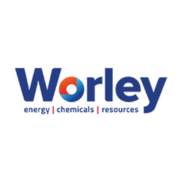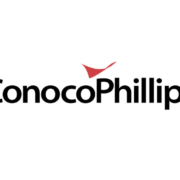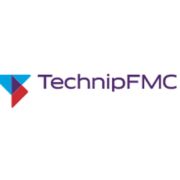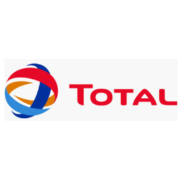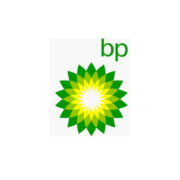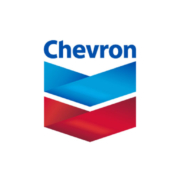WorleyParsons- Track and Trace
Submitted by WorleyParsons
Impact
Cost Efficiency for Customers
Track and Trace offers a direct cost benefit to the industry. This is evident from a Flotel campaign in 2014 which resulted in savings of circa £750K for the customer through reduction of non prodcutive time offshore, no material losses and therefore no reorder costs. The technology provided cost and schedule predictability thus mitigating project delivery risks.
Considering the number of projects operating in the UKCS and facing similar material management challenges, the potential for cost savings for the industry with the use of this technology will be substantial.
Potential for more
While WorleyParsons has successfully utilised this on a project basis, it is commonplace in other sectors to use it to manage inventory and logistics at a cross enterprise level. For example a major retailer will typically manage global inventory, order requirements, enterprise stock levels, all material movements, and point of sale order fulfilment for hundreds of stores, from several geographically diverse distribution centres in a globally integrated Supply Chain.
The potential exists for similar enterprise wide control of material logistics management across multiple projects, customers and stakeholders within the Oil & Gas Sector in order to deliver even greater efficiencies
WorleyParsons and DAI can present to the ETF the significant transformative change in efficiency that has been achieved to date by using this technology and best practice from other industry sectors. In addition, and from direct experience, we can highlight further efficiency gains which the technology has enabled in those industries.
We are aware of the Efficiency Task Force activity on digital warehousing and would like to investigate any potential efficiency savings in working Track and Trace and digital warehousing together.
Description of Best Practice
WorleyParson’s Track & Trace programme controls and tracks the movement of materials across the globe. Delivered in partnership with DAI, it is a proven technology and has the capability of being extended from its current ‘per project’ focus to a ‘cross enterprise’ focus, and potentially a ‘cross sector’ focus.
Track & Trace Programme – Summary of Current Position
Track & Trace has been deployed on ConocoPhillips Alder, Talisman Montrose Arbroath Area Redevelopment, BP Clair Ridge Hook Up and Talisman HUC projects.
DAI’s mature, cross industry proven product is used by ASDA, Tesco, DHL, Adidas, Coca Cola, among others, to manage business critical material logistics functions across their internal and external supply chains.
Track & Trace has been developed specifically to meet the unique Oil and Gas sector challenges. It tracks the movement and status of materials and tools across the global supply chain from supplier to point of installation offshore.
The solution ensures that the right materials get to the right place at the right time with the right certification and are correctly issued for use against the right job cards / work orders. In doing so it provides real time visibility of progress to stakeholders. It also integrates with existing procurement and project management systems for improved planning and management decisions based on real time inventory status.
Track & Trace mitigates project delivery risks by limiting schedule impact due to key material losses. It reduces material re-orders, manual data errors, warehousing inefficiency, material contingency purchases, mis-identification, mis-use, material reconcialiation costs and non certification.
The factors noted here work together to ensure that Track & Trace helps in reducing cost, time, and wastage – whilst increasing safety, effciency, predicatability and integrity.
Furthermore, at the end of the project the delivered asset has a full auditable history in place for every component part. This can then feed forward into Operations and Maintenance, and through eventually into decommissioning.
Initial results from the Talisman MAR project 5 month flotel campaign show 99.96% of project materials being receipted and issued offshore, on schedule, along with complete certification records. (i.e. 4998 out of a total of 5000 line items)
Contact: Roy Choudhury, WorleyParsons

